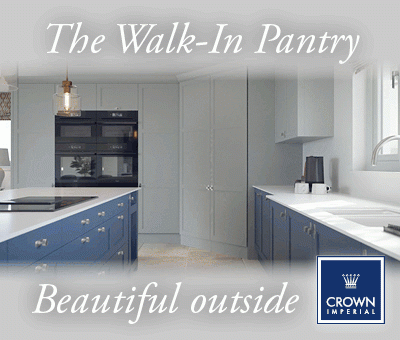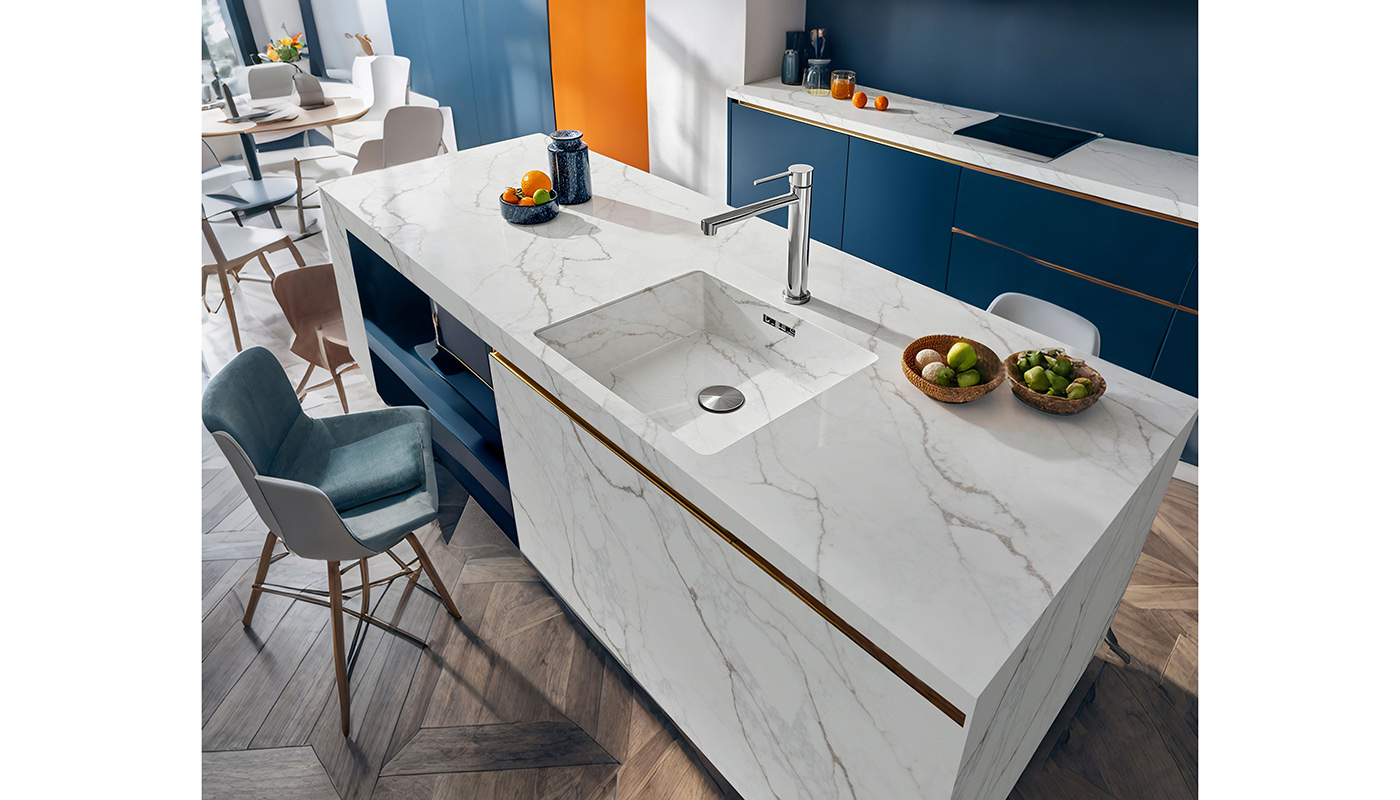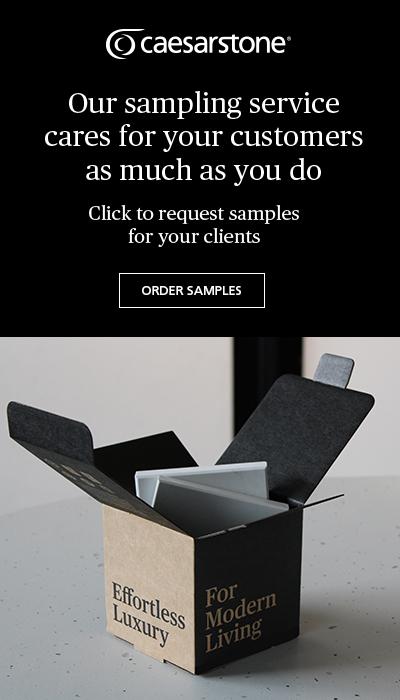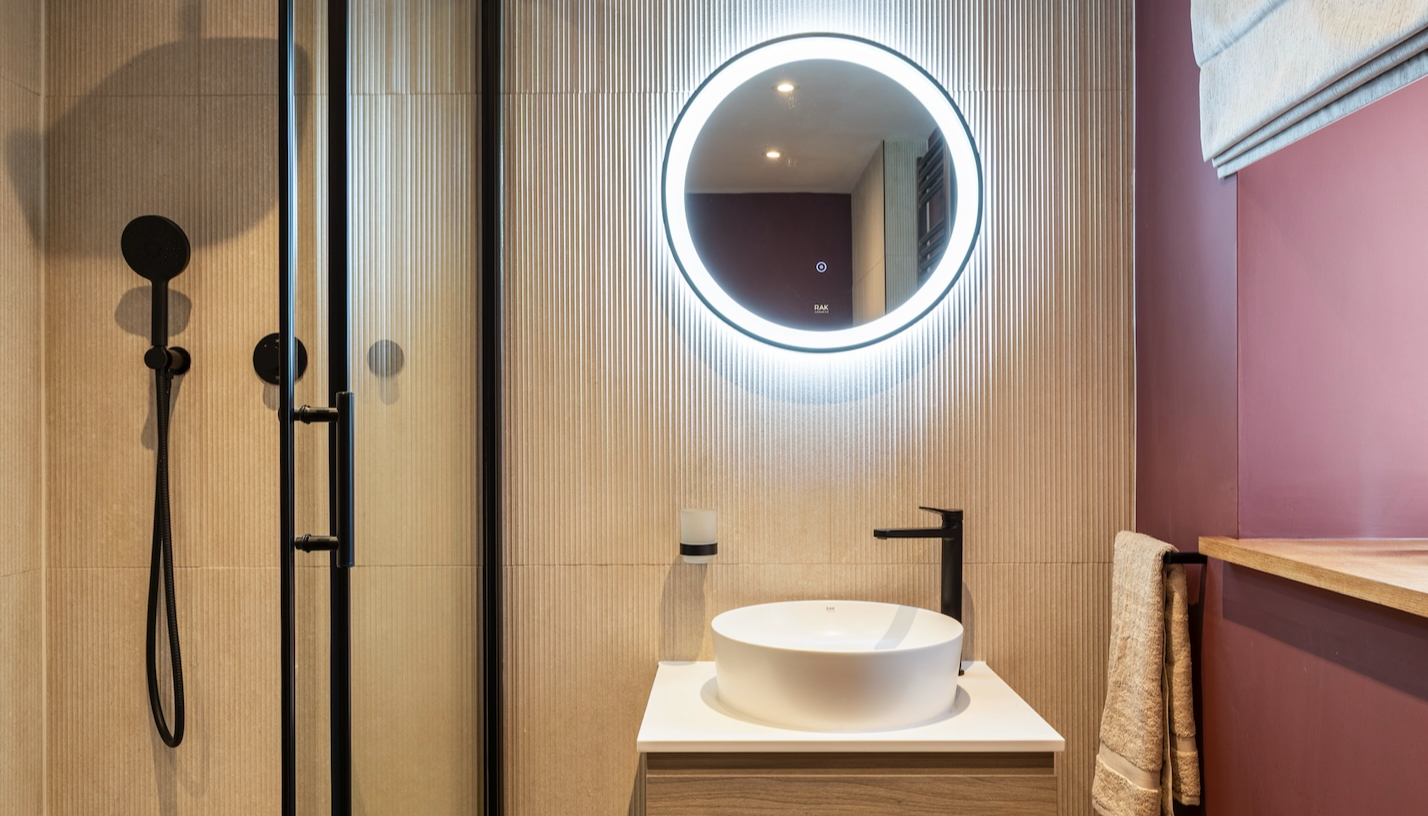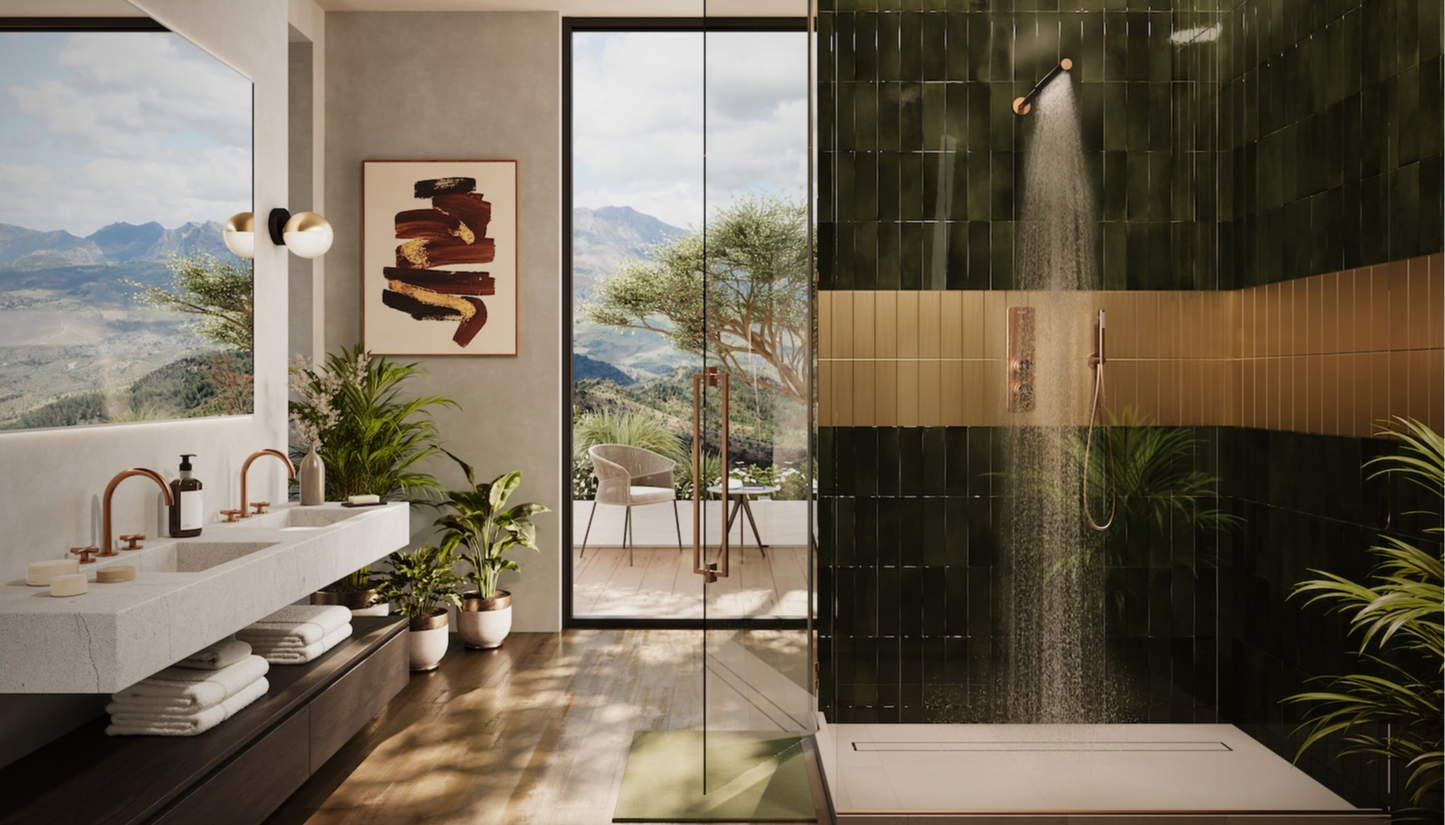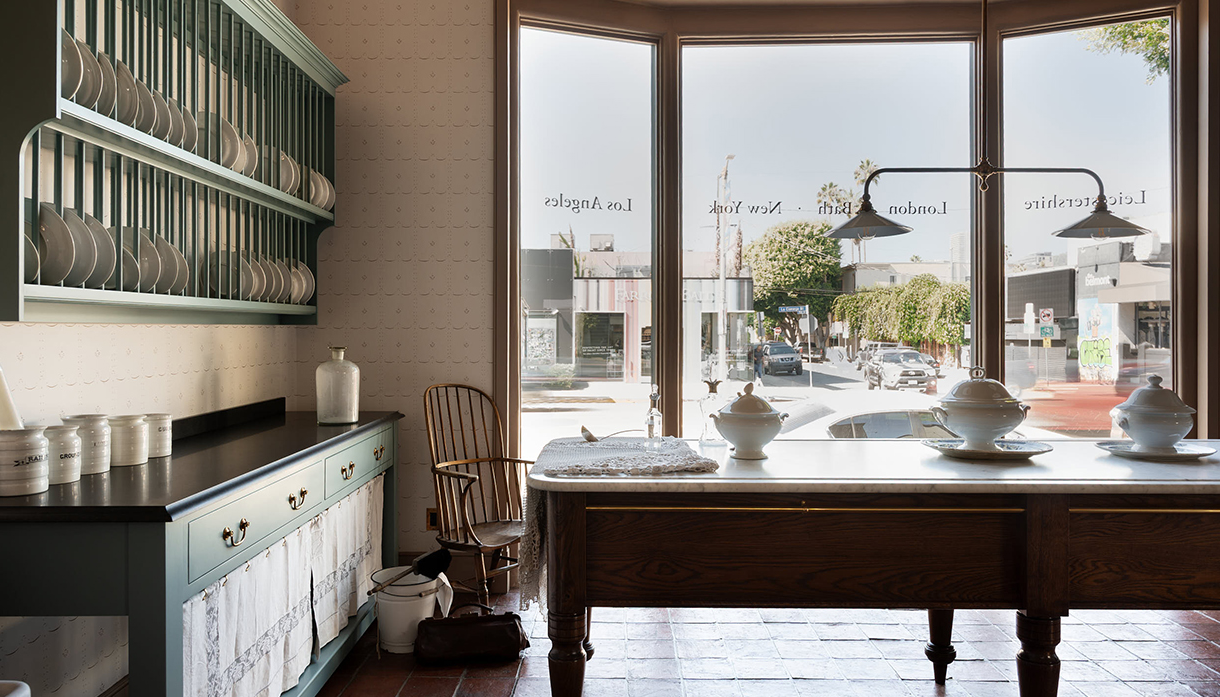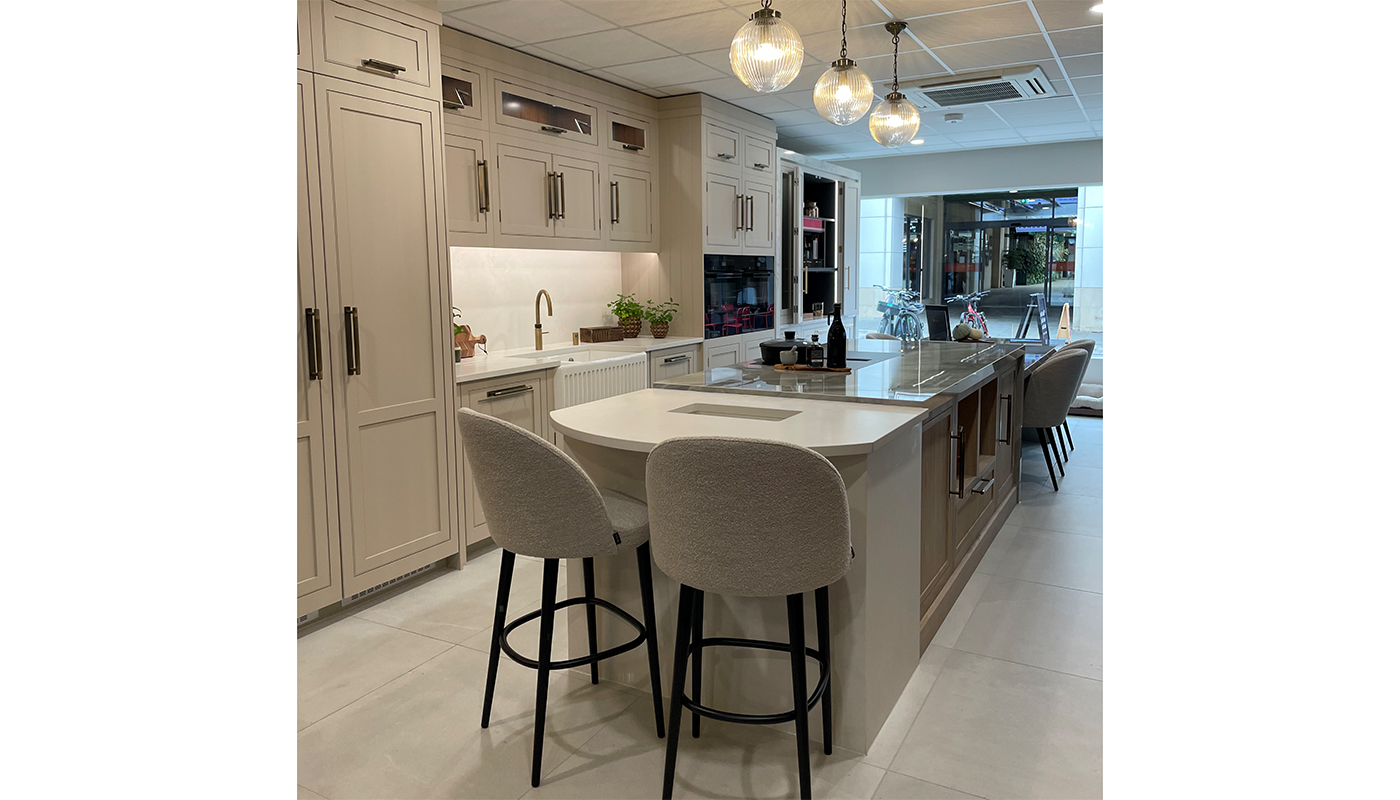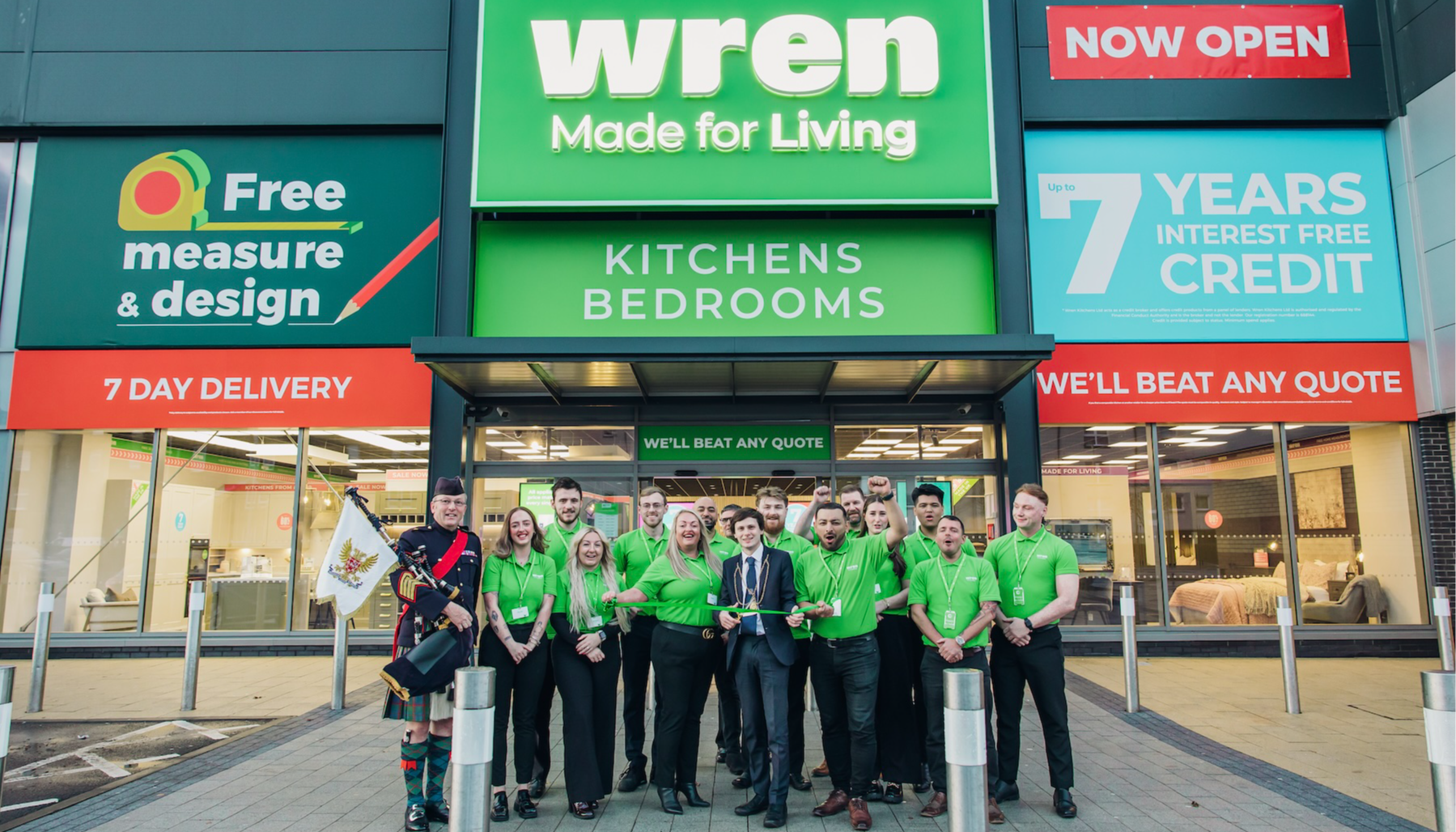WFF's Mark Mills: Why making the right worktop choice really matters

WFF's Mark Mills: Why making the right worktop choice really matters
The Worktop Fabricators Federation (WFF) has launched an all-industry guide to help showroom staff and consumers select the right type of worktop for their needs – we talk to WFF director Mark Mills to hear all about it.
Q: Tell us about the WFF's new Guide to Engineered and Natural Stone Surfaces.
A: The WFF Surface guide is simply a one-stop, no-nonsense guide to help retailers, designers and the consumer understand the benefits of engineered and natural stones. We wanted to dismiss any myths, provide some 'Do’s and Don’ts' and also advise how to care for and maintain their work top once it’s fitted.
It also has a handy Materials Comparison table to help the user navigate the various material options and arrive at the right choice for their application.
Rather than asking showrooms to carry another set of booklets, the WFF are providing a handy ‘pop up’ desktop poster with a QR code that directs you straight to the WFF Surface guide. These are available free of charge for kitchen retailers, design studios and fellow members of the WFF so that they can provide and reference the guide immediately at the design and selection process – helping customers make a thorough and well-informed decision.
Q: What is it responding to and why have you launched it now?
A: The majority of designers, architects and consumers applying stone surfaces to project designs don’t really have a full understanding of the properties and nature of the materials being installed. There has been a longstanding misconception that if you have a stone surface then it will be ‘indestructible’.
If consumers had a greater understanding of the materials that were being installed, what to expect from them and how to care for them post installation it would be of great benefit to all involved.
Fabricators manufacturing these materials on a daily basis are fully aware of what you can and cannot do with engineered and natural stone products, but it was becoming very apparent that the end users weren’t! So we thought the surface guide would at least supply some basic knowledge about the products being installed so everyone can make an informed decision as to how to maintain and look after their surfaces.
Q: Why should kitchen showrooms get on board and what support are you giving them?
A: Kitchen design is a complex process, and it is the role of the showroom designer to be a competent expert and guide to the bewildering choices of appliances, cabinets, surface finishes and use cases that abound.
Customers value and pay for your service. And in return it is incumbent on designers and sales staff to remain abreast of the constantly design issues, products and regulations. This is a tremendously difficult task: over the past years there has been an explosion of new surface materials – Sintered, Ceramic, Marble, Acrylic, Quartz, Granite, Semi-precious stones – the list keeps expanding.
Manufacturers advertise heavily directly to your customers, but it is essential that showrooms can give competent advice to select appropriately and avoid issues later. The better informed you are the higher chance of a sale – and the lower chance of a callback.
The Stone Worktops Guide is an essential training resource for your staff. The initial suitability matrix provides a quick reference that is helpful to staff and your customers. Your local Worktop Fabricators Federation member will be happy to provide expert advice to support you in your sales and design process.
Q: What things in particular should retailers be doing to manage consumer expectations about work surfaces?
A: Retailers should ensure their sales and design team are aware that every type of work surface has benefits and limitations. Part of the reason for the WFF Guide is to help retailers understand the differences and provide a ‘hook’ to help their discussions with the customer as part of the design process.
Designers should:
* Ensure that they consider both the support requirements and maximum sizes when selecting cabinet ranges and layouts, designing for success.
* Ensure the customer is aware that there is some batch variation between samples and the final material.
* At design stage, make sure they understand the pattern of a full sheet of material and, if using a natural stone, consider getting photographs of the material for approval prior to cutting.
* Discuss the position of cutouts, pattern flows and joins.
* For unusual designs be prepared to get your worktop fabricator or supplier representative involved before designs are finalised.
Retailers should also discuss care and maintenance with customers, consider the likely effects of heat and strong chemicals, and ensure that the worktop care is consistent with customers’ lifestyle and usage.
For further details, to download a copy of the guide, or to find a local WFF fabricator, click HERE.
Tags: insight, features, mark mills, worktop fabricators federation, wff, natural stone, engineered stone, surfaces, worktops








